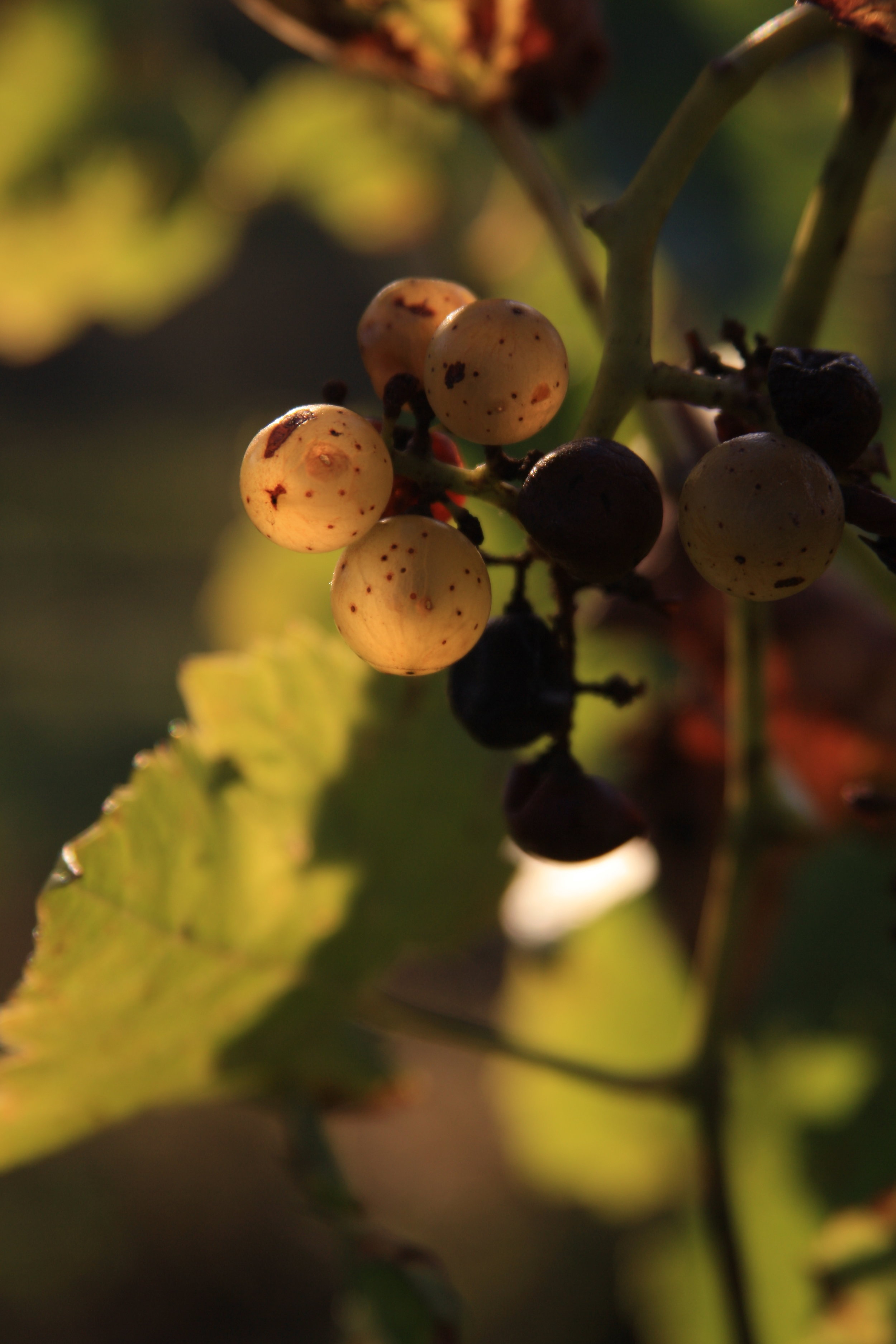The Vineyard
Every great wine begins in the vineyard.
The land of Röbller Vineyard offers an unparalleled environment in Missouri for wine growing. Following the traditions of European-estate styled wineries, the land defines the character of the fruit and the subsequent quality and character of Röbller wines. Early on we recognized the unique capabilities of our vineyard site because of the soil, slope and sun orientation.
Röbller wines are terroir-driven (pronounced “tare WAHr”). The region's climate, soils and aspect, or terrain, affect the wine’s taste.
“From the very beginning, we laid out the vineyard into different blocks to take advantage of the land’s slopes and sun exposure. Each variety is planted across multiple blocks within the vineyard in different orientations. Through this design, variations in soil composition, depth, limestone and sun orientation in the vineyard influence the outcome in each vintage.”
— Jerry Mueller, Winemaker
estate-grown
Each vintage brings more interesting fruit than the last.
“Our goal in the vineyard is to focus on the quality of the fruit, not the quantity. Each variety we grow is substantial enough to produce a viable harvest without pushing the limits of each plant’s capacity. ”
We primarily grow French hybrid grapes to make Röbller wines, maintaining 18 acres under vine, including Chambourcin, St. Vincent, Villard Noir, Vidal and Vignoles as well as Traminette, Seyval and, of course, Norton.
While we maintain our core varieties of hybrids and Norton, we continue to experiment with new varieties, growing techniques and propagation/grafting methods to expand the vineyard’s capabilities. While our climate provides good growing conditions, we are always mindful that disease pressure can affect the fruit and vines. Disease pressure is a result of the humid conditions experienced during the growing season.
Through our unique, innovative techniques, we explore our vineyard’s possibilities in order to grow superior wines never before produced in Missouri.
Healthy vines, better wine
Grafting combines two plants in order to meld desirable characteristics from both. Grafting traditionally occurs just above the ground, but at Röbller, we graft higher on the trunk to achieve greater longevity for the vine. This higher graft placement avoids disease pressure on the new growth and enables us to grow wines not traditionally produced in Missouri.
From northern Italy …
Refosco dal Peduncolo Rosso, or simply “Refosco” as it is commonly referred to, is the name of a grape and the red wine produced from that grape. This photo shows the bright Refosco leaves growing from a chip bud graft within the Röbller vineyard.
From the Basque country of France …
Shown here growing in the Röbller vineyard, Cabernet Franc is the parent grape of both Merlot and Cabernet Sauvignon. The cordon (or "arms" of the vine) are trained to grow along a wire trellis. Röbller’s grafting process allows the cordon to produces canes (shoots which have reached a year old) which bear new fruit in a disease-free zone for the vine.
We have made many changes over the years to explore the dynamic vineyard’s full potential. In recent years, we have seen a real change in the fruit composition as the root systems have begun to reach and penetrate the limestone formation that lies beneath the surface. Geologic map research showed a unique limestone formation at our vineyard site which we attribute to these new developments in our maturing vines.
Röbller Vineyard, fall 2015. Photo by MK Designs Photography Fine Art and Portrait
Our continuous commitment to dry farming over the years has resulted in a high degree of sustainability. The vineyard’s resiliency was tested in 2012 when we experienced a severe combination of extended drought and extreme heat unseen in our area in any recent history. The vines not only thrived during that season, they produced fruit of exceptional quality and structure. Since that time, we have experienced consistently increased quality and character in the fruit’s profile. The limestone shelves underpinning the soil across the vineyard has truly become a primary source of sustainability, rich with nutrients and water. The real outcome is the basis for the vineyard to begin its multigenerational existence.
“We don’t irrigate. What happens is those root systems dig deep down into the soil. They are hitting the limestone shelves that dominate the area. That adds intensity to the flavor and characteristics.”








